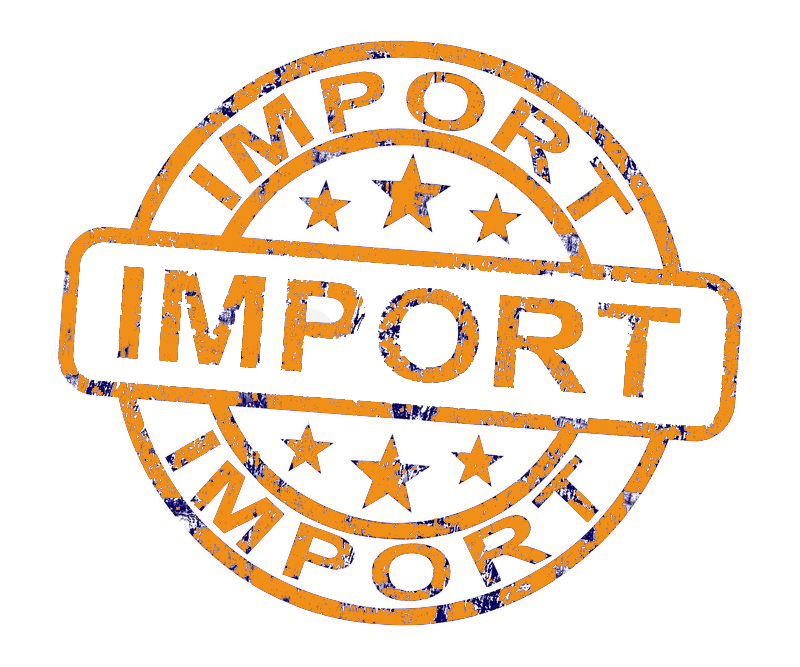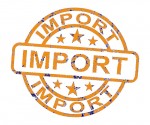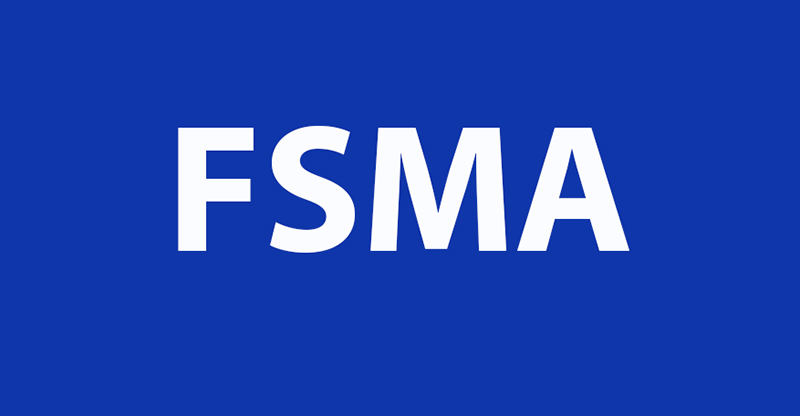The new FSMA regulations are primarily intended to enhance the protection of public health through promotion of adopting a modern, preventive and risk-based approach to food safety regulation. The general consensus industry-wide is that the new regulations will increase the capacity of firms in the industry to develop effective food safety management system at facility levels that will be effective in preventing distribution of food-related hazards to the general public, which may result in foodborne illness.
There is widespread consensus that the development and implementation of a food safety system whose primary purpose is to prevent the distribution of hazardous product to the general public and hence prevent or reduce foodborne illness is a much more effective and practical approach towards this end. This is especially the case when compared to past approaches, among which many programs were quality control based and focused on end-product testing given the highly fluid and dynamic complexity in the food industry, which is being fueled by technological advancements that occur at the speed of light.
Having stated consumer safety as the primary stakeholder of a facility’s food safety system, there are other secondary stakeholders whose requirements are subservient to the consumer’s health requirements, but they play key roles in determining the architectural structure of the food safety system:
- Regulatory requirements. Primarily serve the public and act on its behalf in ensuring that all food products distributed in the market are safe for consumption. However, the regulatory requirements have their own innate requirements (i.e., the uniformity of the structure of a food safety system) at the most basic level for the purposes of compliance, which enables a harmonized structure that conveniently lends itself to a uniform approach in the inspection of facilities by FDA agents.
- Organizational requirements. There are existential risks to an organization should a facility ship out contaminated product, as can be seen from the recent cases widely reported by the media. These range from market share reductions to rattled shareholders, and to employees, it becomes a job security issue. In fact, this is one of the key points I always bring out during trainings: The consumer is the ultimate boss, and if the consumer complains, it’s bad for our jobs as food manufacturers. If they are outright sickened/angry/mad by our job performance, we should expect the pink slips (I’m sure a number of employees at the Blue Bell Creameries will support this opinion).
From a regulatory requirement perspective, uniformity is a key aspect of the requirements, as can be inferred from regulatory text on the preventive rules, which describe the fundamental elements that must be implemented by a facility in order for it to be compliant with FDA registration. The lifecycle of regulatory requirements are long term—the last time comprehensive changes were conducted on cGMPs was in the mid-1980s. And hence the analytical/reductionist approach of focusing on food safety at the facility level is complementary to its enforcement strategy (i.e., facility-based registration and inspection).
From the organizational perspective, given that the food safety system serves an existential purpose to the business, organizations are leveraging the best available resources to endure its proper design and implementation, including employing the use of the latest available technologies. From the organizational perspective, the organizational requirements are highly dynamic and often tied to consumer and market trends. And as such in most corporate organizations, the food safety system adopts a holistic approach, whereby plant facility food safety systems are often nested within larger hierarchical corporate food safety systems. One of the fundamental reasons for this holistic set up is to enhance efficiency of these programs, especially given their key functional roles in mitigating or preventing organizational risks that may be presented through distribution of contaminated product.

















